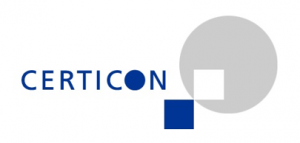Osteoporosis: What you need to know
21.10.2021Company: Amcham
HEALTHY BONES ARE PART OF A HEALTHY LIFE.
Bones are an essential part of us: they support the body, help us move, protect our organs, and store important minerals. Our bones are literally the backbone of our bodies.
The bones in your body are constantly changing. As you age, you lose bone, make new bone and absorb old bone. Even though you’re feeling great on the outside, your bones could be telling a different story on the inside.
As we age, our bones can become weak and more likely to break. This happens in a bone disease called osteoporosis. Osteoporosis is a “silent” disease because you can’t feel your bones weakening. In fact, some people don’t even know they have osteoporosis until after they break a bone.
Despite common belief, osteoporosis is not a “normal” part of aging. It is true that bone loss increases as you age, but when too much bone is lost and your bones become weak—this is when osteoporosis occurs. It is important to know the risks of developing osteoporosis and lifestyle habits to help maintain your bone strength.
Osteoporosis affects both men and women, but it is especially prevalent in postmenopausal women. Many women know all too well what to expect during menopause, but what many don’t expect after menopause is an increased risk for osteoporosis. In fact, some women may lose as much as 20% of their bone density in the 5 to 7 years following menopause. This is because estrogen, a hormone in women that helps protect bones, decreases sharply when women reach menopause.
WHO IS AT RISK?
In addition to being postmenopausal, other risk factors associated with developing osteoporosis include:
- Age 65 or older
- Parent who had a hip fracture
- Low body weight
- Cigarette smoking
- Vitamin D deficiency
- Low calcium intake
- Excessive alcohol intake (more than 3 drinks/day)
- Immobilization
- Long-term glucocorticoid use
More information here.
Tags: Health |







